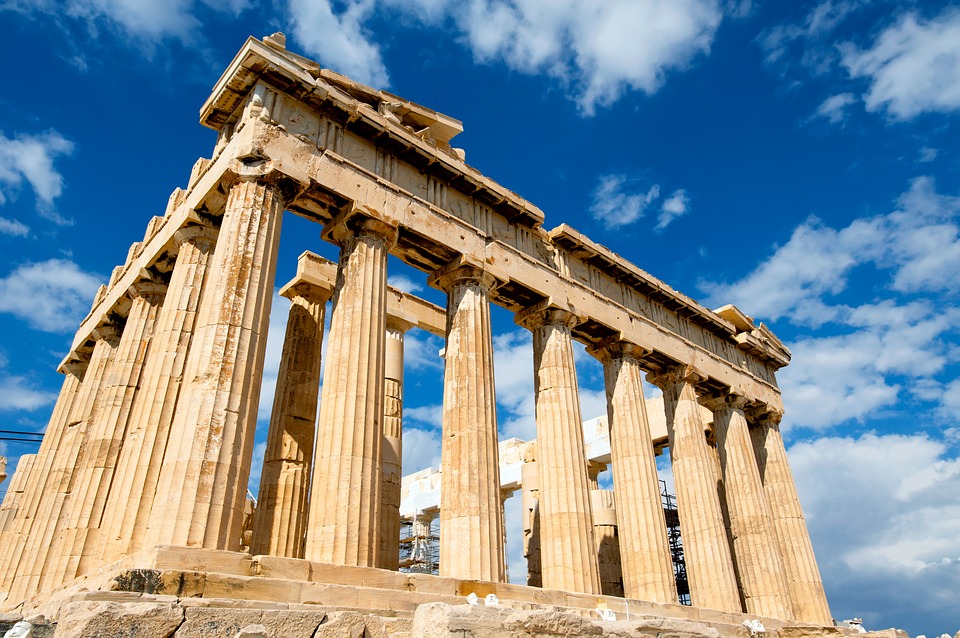The Ancient Greeks certainly paid tribute to the deceased with many elaborate rituals and important customs. Whilst their traditions changed and evolved over time, the seriousness with which they approached the ‘final farewell’ remained significant.
Following the passing of a loved one, it was always the women of the community who were responsible for the funeral rites – caring for and preparing the body for the burial or cremation process. They would first carefully wash the body, often sealing the mouth with a token such as a coin. The body was then anointed and adorned with a wreath. One the second day following death, once the body had been prepared, it was laid out for viewing and before sunrise on the third day it would be carried to its final resting place.
Women would show their respect and grief for the loss of a loved one by performing dirges. These were often distressing performances where they would wail, tear at their hair and clothes and chant.
Offerings would also be offered to the dead, including many different foodstuffs such as milk and honey. There would also be a funeral feast called a perideipnom where the host would be the dead person, and everyone would gather so that the deceased could show their gratitude for a good burial.
The many rituals that the Ancient Greeks followed were to ensure the correct and successful passage of the deceased into the afterlife and ensuring their immortality. They saw death as a gateway, and it was the duty of those still living to help the dead to pass through that gateway properly.
The Age of Heroes
In the Mycenaean period, practices including processions to the grave or tomb, important artifacts arranged around the body and meals eaten by mourners at the final resting place were all thought to be part of the funeral custom.
The deceased were either buried in an individual grave or family tomb depending on their wealth and status within the community. Evidence was also found to suggest that in these times, the horses that were used to draw the funeral cart to the tomb were sacrificed and their remains also placed in the tomb itself.
The Rise of Simplicity
After an age of great grandeur and huge amounts of grave goods being buried alongside the deceased, the Greeks started to bury their dead more simply, with fewer items buried with them. Archaic and Classical Greeks also began to bury their dead in individual graves, rather than in tombs with other people.
Cremation in Athens
Cremation was a practice used by Ancient Greeks since at least the Homeric era – it was mentioned in Homer’s ‘Illiad’. Unlike much of the Ancient Greek civilization, the people of Athens often chose to have their dead cremated, and placed into intricately decorated urns.
There have been so many interesting and beautiful rituals performed by different cultures over the years, often using elaborate and decorative ways to celebrate life and honor the deceased.
At Greenfield Coffins, we believe that pictorial cardboard coffins are a modern yet respectful way to depict someone’s life using art and tasteful design. Our extensive range of coffins can offer an ideal design, or you can create your own design to really personalise your loved one’s final resting place.
Find out more by visiting our website or contacting one of our team.
Go Back


